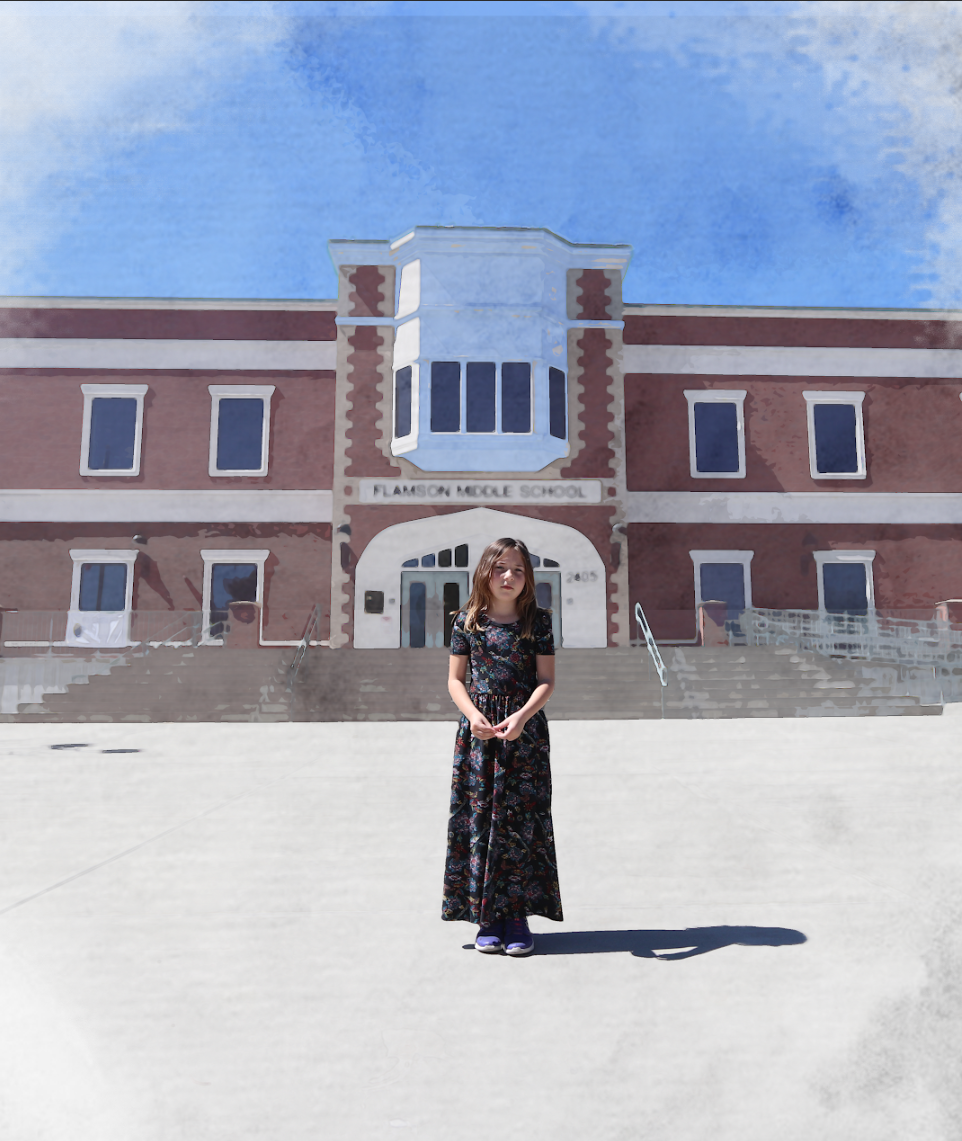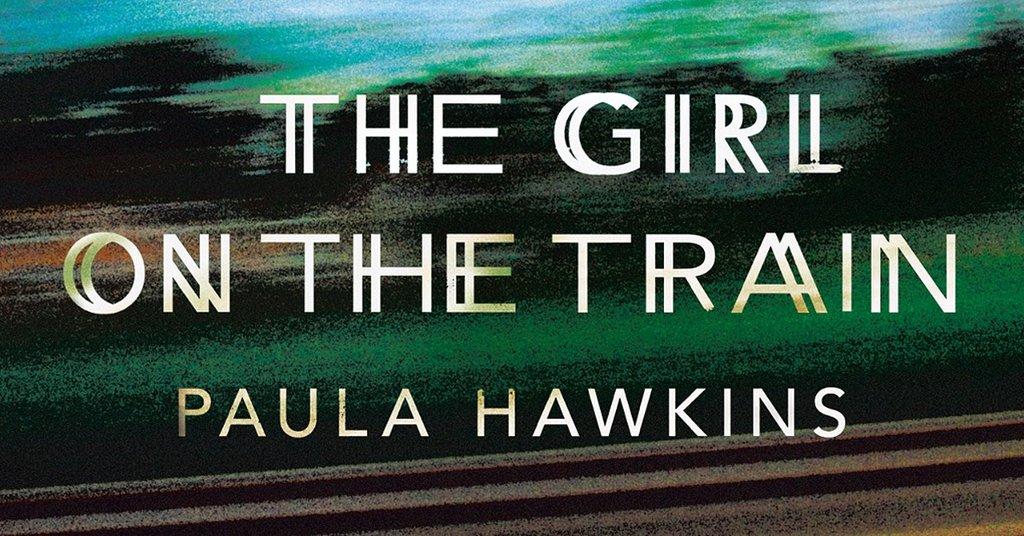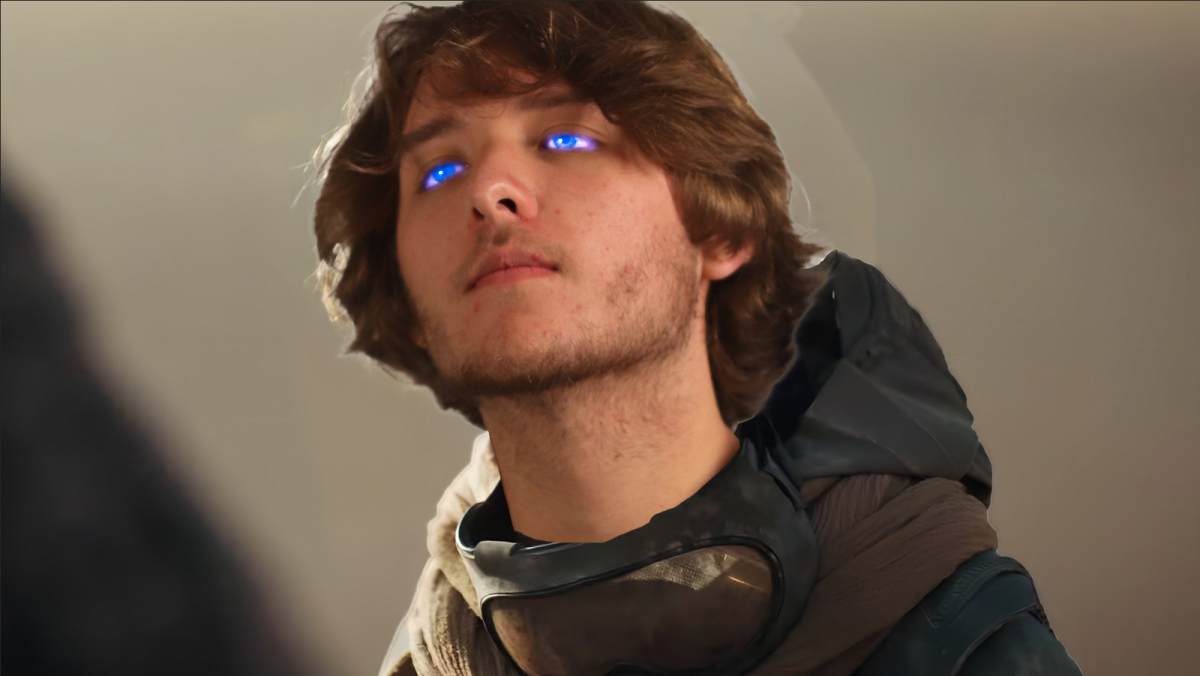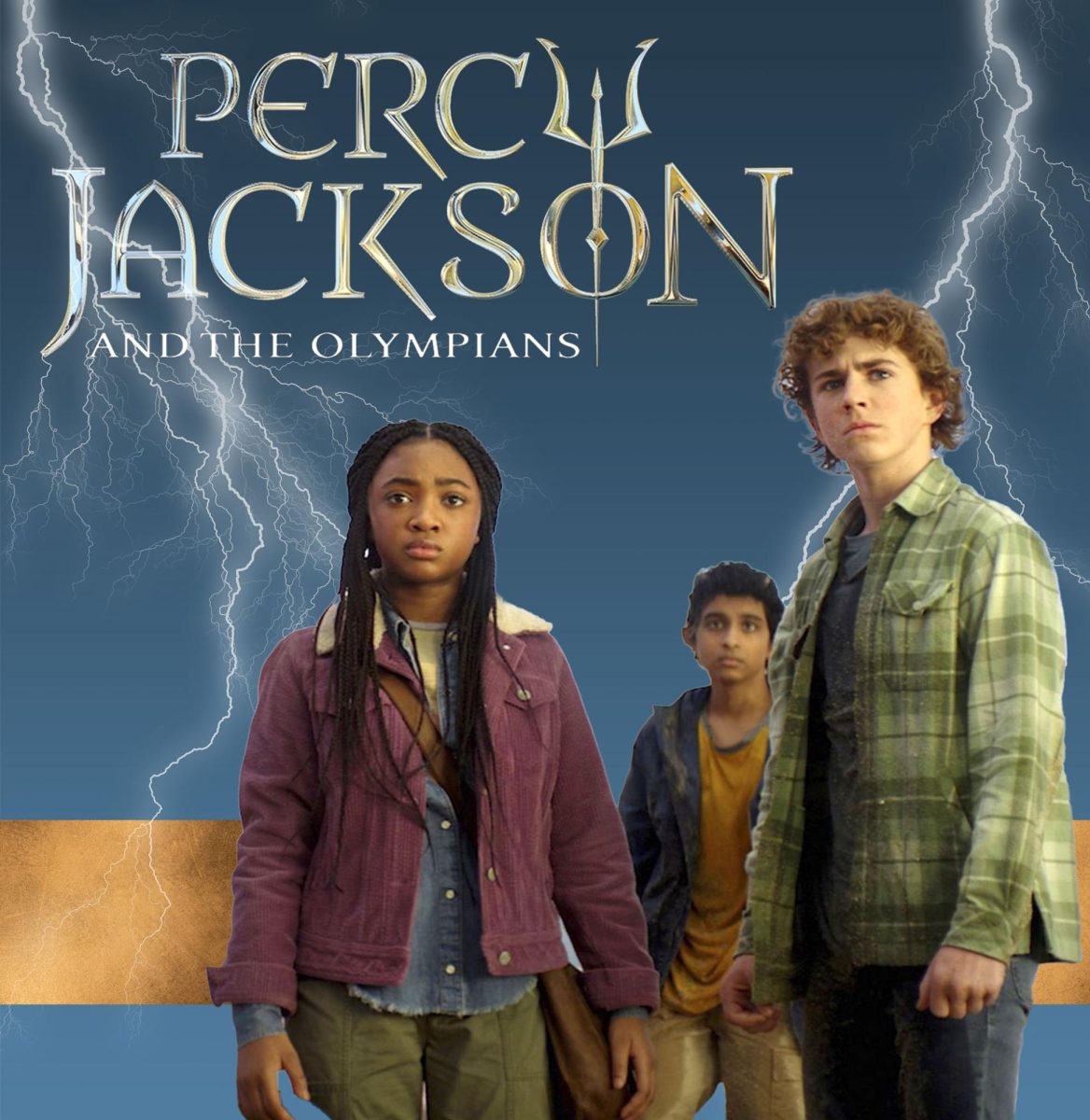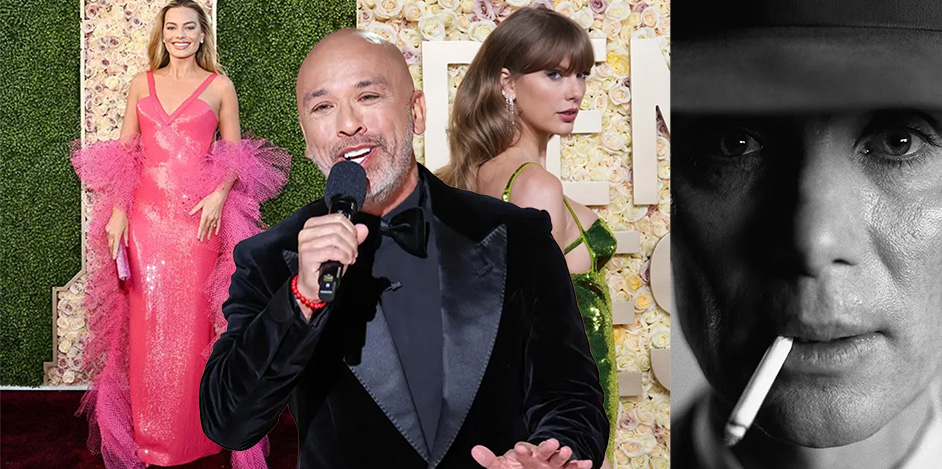A comparison of two sides of the same story
 [dropcap size=small]W[/dropcap]ith the reader immediately thrown into Rachel Watson’s simple yet infinitely complicated life in The Girl on the Train, author Paula Hawkins begins her story of a girl stripped of a life she once loved: she had a loving husband, a beautiful house, a decent job, and the idea of a family. Now lonely, an alcoholic, and living with her college friend, her only pleasure is the imagined life of a couple she passes on her daily route on the train. Over the course of 80 pages, the story unfolds in the point of view of three characters: Rachel, Meagan, the missing girl, and Anna, the wife to Rachel’s ex-husband, Tom. The “perfect” couple she had grown so fond of is not perfect at all, and she finds herself entangled in the growing scandal of the wife’s disappearance. Throughout all the drama and darkness that entails, the reader has the unique ability to develop the details of the story: their own mind creates the scene’s images. For those who interpreted the story differently, the story molded to their imagination.
[dropcap size=small]W[/dropcap]ith the reader immediately thrown into Rachel Watson’s simple yet infinitely complicated life in The Girl on the Train, author Paula Hawkins begins her story of a girl stripped of a life she once loved: she had a loving husband, a beautiful house, a decent job, and the idea of a family. Now lonely, an alcoholic, and living with her college friend, her only pleasure is the imagined life of a couple she passes on her daily route on the train. Over the course of 80 pages, the story unfolds in the point of view of three characters: Rachel, Meagan, the missing girl, and Anna, the wife to Rachel’s ex-husband, Tom. The “perfect” couple she had grown so fond of is not perfect at all, and she finds herself entangled in the growing scandal of the wife’s disappearance. Throughout all the drama and darkness that entails, the reader has the unique ability to develop the details of the story: their own mind creates the scene’s images. For those who interpreted the story differently, the story molded to their imagination.
In the movie, on the other hand, the viewer is not searching and slowly discovering the visual details of the story; they are greeted with the dim, unfortunate events of Watson’s life. Clues were more easily found than that in the book. Along with visual elements, the movie stayed pretty true to the book, aside from a few deviations. As I read the book, Rachel Watson looked as the girl I created while reading. Watching the movie, my illusion of the girl were shattered; at no point of my reading The Girl on the Train did I picture Emily Blunt as Rachel. Despite the obvious difference between how the same character looked in different forms, the role was well played.
Rolling down the tracks in her usual routine, Blunt’s performance wowed me.
Both the book and the movie have a dark aspect to them, but the movie especially focused on the darker details. Seeing Blunt’s appearance seemed to hit me a little harder than the description of Rachel had in the book. Dark circles under her eyes and unbrushed hair, details of Rachel which were cast in front of me that I had ignored out of sympathy for the character. With the visual aspect already accomplished, this seems to be one of the most jarring differences between both portrayals. Additionally, the dialogue has been slightly expanded from what was in the book, allowing for more accusations, confessions, and secrets. The dialogue of the movie was more abrupt; the language used was significantly more explicit than it had been in the book.
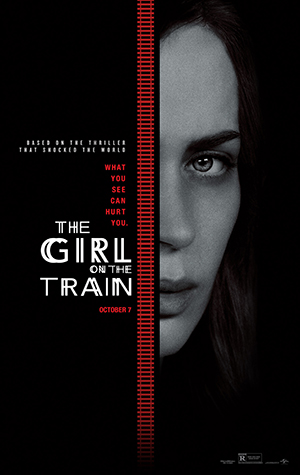 Though the movie and the book may have differences, they do share some similarities. Both follow the same plot, and despite flowing at different paces, tell the story in a very similar way, unlike some adaptations of books. Staying true to the book, for instance, the characters Anna and Megan were portrayed by two actresses who look quite alike.
Though the movie and the book may have differences, they do share some similarities. Both follow the same plot, and despite flowing at different paces, tell the story in a very similar way, unlike some adaptations of books. Staying true to the book, for instance, the characters Anna and Megan were portrayed by two actresses who look quite alike.
Inevitably, there are some notable differences. In the book, the pace is slow, yet intriguing. The movie portrays a faster, yet somewhat more obvious, version of the story. A minute detail I realized had been changed was that Rachel lived in New York rather than London. Seemingly a significant addition to the movie’s version of the tale, Rachel was an artist. Not career-wise, but as a hobbie. In nearly half the scenes, Rachel clutched a sketchbook in her hands, trying to draw back her memories from an eventful but forgotten night. In the book, she had gotten flashes of the night, but never translated those events onto paper. Instead, she put together the mystery like a puzzle between her jumbled thoughts. Another notable difference was the order in which the stories were told. The book follows not a timeline, but a pattern of three different characters. The sections within chapters are dated, as some occur several months apart. A more linear timeline is present in the movie. Though I did read the book before watching the movie, I found it easier to collect my thoughts and theories about Megan’s disappearance, Rachel’s unknown actions, and who was to blame for what.
Like with any twice told story, fans often side either with the movie or the book. For those who enjoy being able to take their time and imagine details of the tale, The Girl on the Train book may be their best option. The book is fast paced, yet the reader can sit back and relax while diving into the language. In the case of movie-lovers, those who want to relax and escape into a world prepainted for them, this story might be best told on the screen. The visual elements are pleasant and somewhat have their own take on the story, rather than sticking exactly to the book. Either way, this tale is sure to fill any reader or watcher with adrenaline, curiosity, and admiration.


